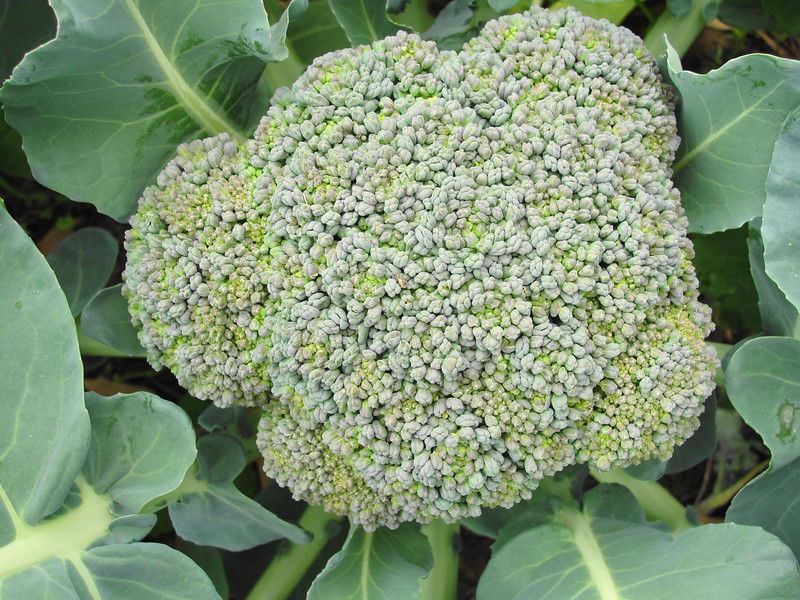Healthy, nutritious broccoli is easy to grow
Published 12:01 pm Wednesday, August 30, 2017
Though it’s technically still summer, the time to plant fall vegetables is here. These include frost-tolerant crops like spinach, lettuce, turnips, mustard, chard, cabbage and broccoli, as all of these need cool weather to grow and mature. Mustard and turnips are almost always direct-seeded, but the others are commonly available as transplants, which are essential in the fall so the crop can be harvested before our coldest temperatures arrive in December and January.
Many of us remember the first George Bush’s aversion to broccoli. He probably never tried a fresh head from his own garden, though. Healthy, nutritious broccoli is easy to grow if you remember that it needs – cool weather and high fertility. Many children will eat raw broccoli with assorted tasty dips.
Broccoli is a cool-weather plant that “bolts,” or flowers, and forms seed when the weather is hot. Broccoli can tolerate frosts, but not hard freezes. In addition to a fall crop planted in September, we can also produce a spring crop here, planted around February.
Broccoli requires at least eight hours of direct sun each day to perform well. It should be planted in a rich, well-drained soil. It is ideal to till in several inches of organic matter into the soil and apply 2 pounds of a complete lawn fertilizer (15-5-10, etc.) per 100 square feet of bed or every 35 feet of row. In small plots, use 2 teaspoons per square foot or foot of row. The ideal soil pH for broccoli is 6.0-7.0.
Broccoli is almost always transplanted into the garden. Transplants should be placed 18 inches apart in well-cultivated soil. Dig holes that are the same size as the existing pots they are growing in. Remove from the pots and place the root system into the freshly dug holes. Gently firm the soil around them, being careful not to plant the plants any deeper than they were growing in their pots. Water them thoroughly with a water soluble plant food (Miracle Grow, etc.) at half the labeled recommendation.
Water and fertility are the most critical issues in growing nice heads of broccoli. Never let them get dry. Two weeks after transplanting fertilize them with 1/2 cup of high nitrogen fertilizer (21-0-0, etc.) for each 35 feet of row. Sprinkle half of the fertilizer down each side of the row. Lightly work it into the soil and then water. Do this again using one cup of high nitrogen fertilizer immediately when you notice heads beginning to form. Repeat the same fertilization procedure immediately after the first harvest to stimulate numerous edible side shoots. The main pest problems on broccoli are caterpillars that destroy the foliage. Treat with organic Bacillus thuringiensis (Bt, Dipel, Thuricide, etc.) as soon as you notice the first damage. Be on the lookout for aphids as well.
Depending on the variety, broccoli is generally ready to pick in 60 to 80 days. Harvest the heads with a sharp knife when they are tight and compact and around 6 to 8 inches in diameter. As soon as the first buds begin to expand, pick them immediately regardless of the size. Cut the stems 6 to 8 inches below the head. Do not wait until the yellow flowers begin to open. After harvesting the larger head, smaller heads will form from the cut stem of the plant. They are just as tasty and even easier to prepare.
Greg Grant is the Smith County horticulturist for the Texas A&M AgriLife Extension Service. You can follow him on Facebook at “Greg Grant Gardens,” read his “Greg’s Ramblings” blog at arborgate.com or read his “In Greg’s Garden” in each issue of Texas Gardener magazine (texasgardener.com). For more information on local educational programming, go to smith.agrilife.org.







